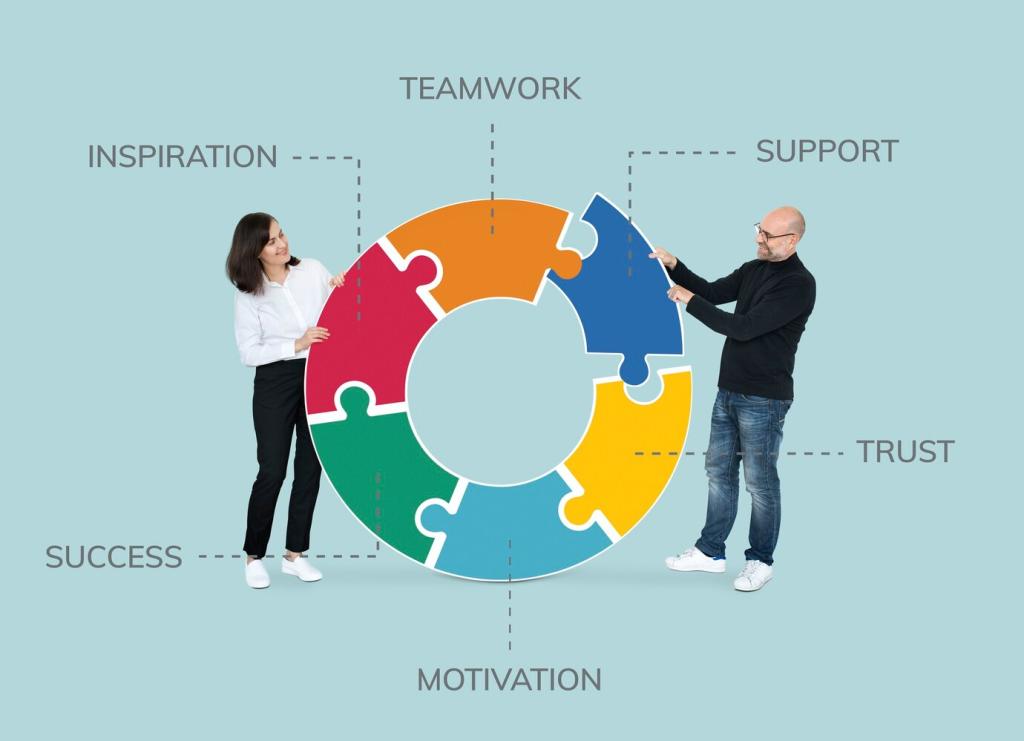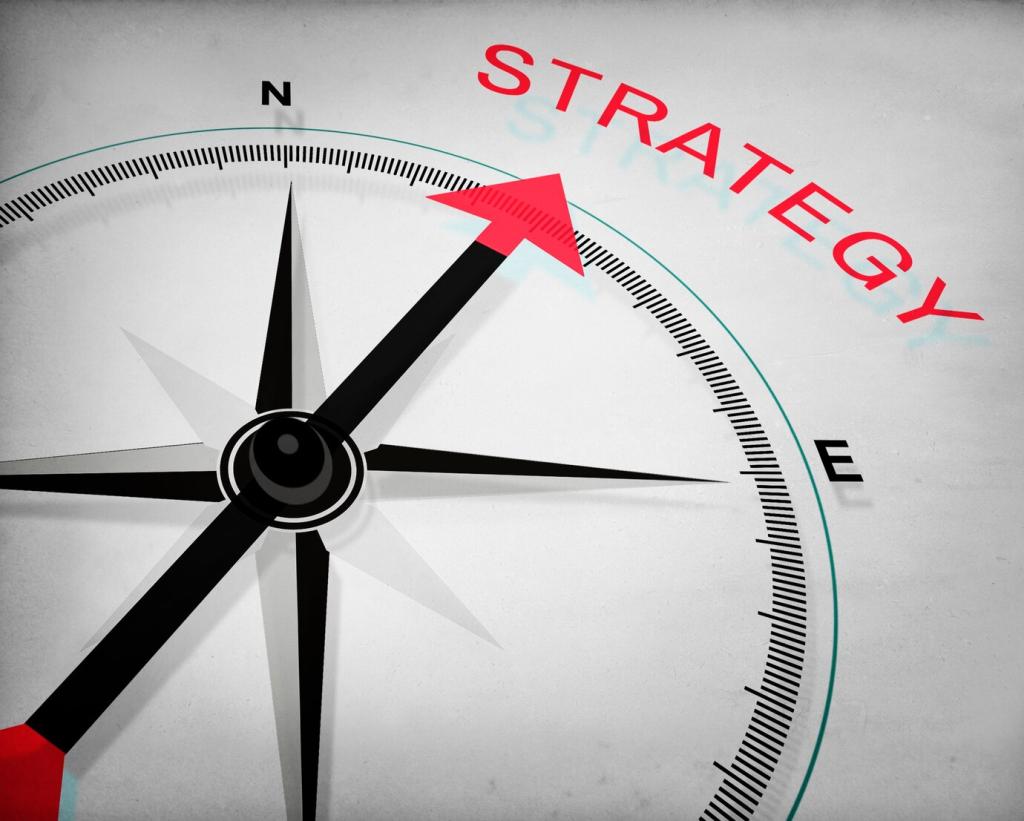
Strategic Innovation in Response to Economic Challenges
Chosen theme: Strategic Innovation in Response to Economic Challenges. When headwinds rise, we don’t slow down—we rethink, redesign, and reimagine. Explore bold, practical ways to turn uncertainty into momentum, and join our community by subscribing for fresh, field-tested insights every week.
List your three hardest constraints—cash, time, and talent—and set a design brief around them. This ensures every idea is shaped by reality, accelerating relevance and reducing waste while pushing teams toward surprisingly elegant, high-leverage solutions.
Reframing Downturns as Launchpads
Create a one-page narrative describing your company thriving twelve months into a downturn. Anchoring decisions in a vivid, shared destination aligns priorities and encourages courageous, coordinated experiments when anxiety would otherwise fracture focus and speed.
Reframing Downturns as Launchpads



Crisis Interviews That Reveal Priorities
Conduct 10 short interviews focused on recent purchases avoided, delayed, or downgraded. Ask what trade-offs felt smartest. Patterns reveal non-negotiables, enabling offers that conserve money and time while protecting outcomes customers value most during stress.
Design for Risk Reduction
Offer flexible contracts, opt-out milestones, and pilot tiers that de-risk adoption. Pair value propositions with risk propositions—show precisely how customers can try, evaluate, and exit without pain. Confidence, not features, becomes your core differentiator in hard times.
Anecdote: The B2B Trial That Won Trust
A SaaS vendor offered a 60-day pilot with usage-based billing and shared savings. Procurement approved faster, champions gained credibility, and the company converted pilots at double the usual rate. Invite your procurement team to this discussion—what reduces their hesitation?
Frugal Operations, Bold Ideas
Map critical workflows and highlight steps that don’t create customer-perceived value. Automate, eliminate, or outsource the rest. Redirect saved resources into experiments aligned with your downturn strategy, creating a self-funding cycle of continuous improvement and learning.


Frugal Operations, Bold Ideas
Break offerings into modules that can be rapidly reconfigured. Modularity shortens lead times, reduces inventory exposure, and supports tailored pricing. In unstable markets, the ability to recombine components faster than competitors becomes a lasting strategic advantage.

Craft optimistic, base, and adverse scenarios with clear demand shifts, cost shocks, and regulatory changes. For each, define trigger signals and pre-committed actions. This clarifies decision rights and prevents ad hoc thrashing when conditions lurch unexpectedly and emotions run high.

Treat pilots as options: limited cost, capped downside, and large upside if exercised. Track option value across scenarios, not just expected ROI. This mindset encourages disciplined exploration while preserving flexibility and resilience when markets move against your initial plan.

Combine leading indicators—pipeline velocity, supplier lead times, and hiring slowdowns—with external signals like freight rates and credit spreads. Establish thresholds that trigger pre-planned shifts. Invite your analyst to comment on which indicators your team already monitors consistently.

